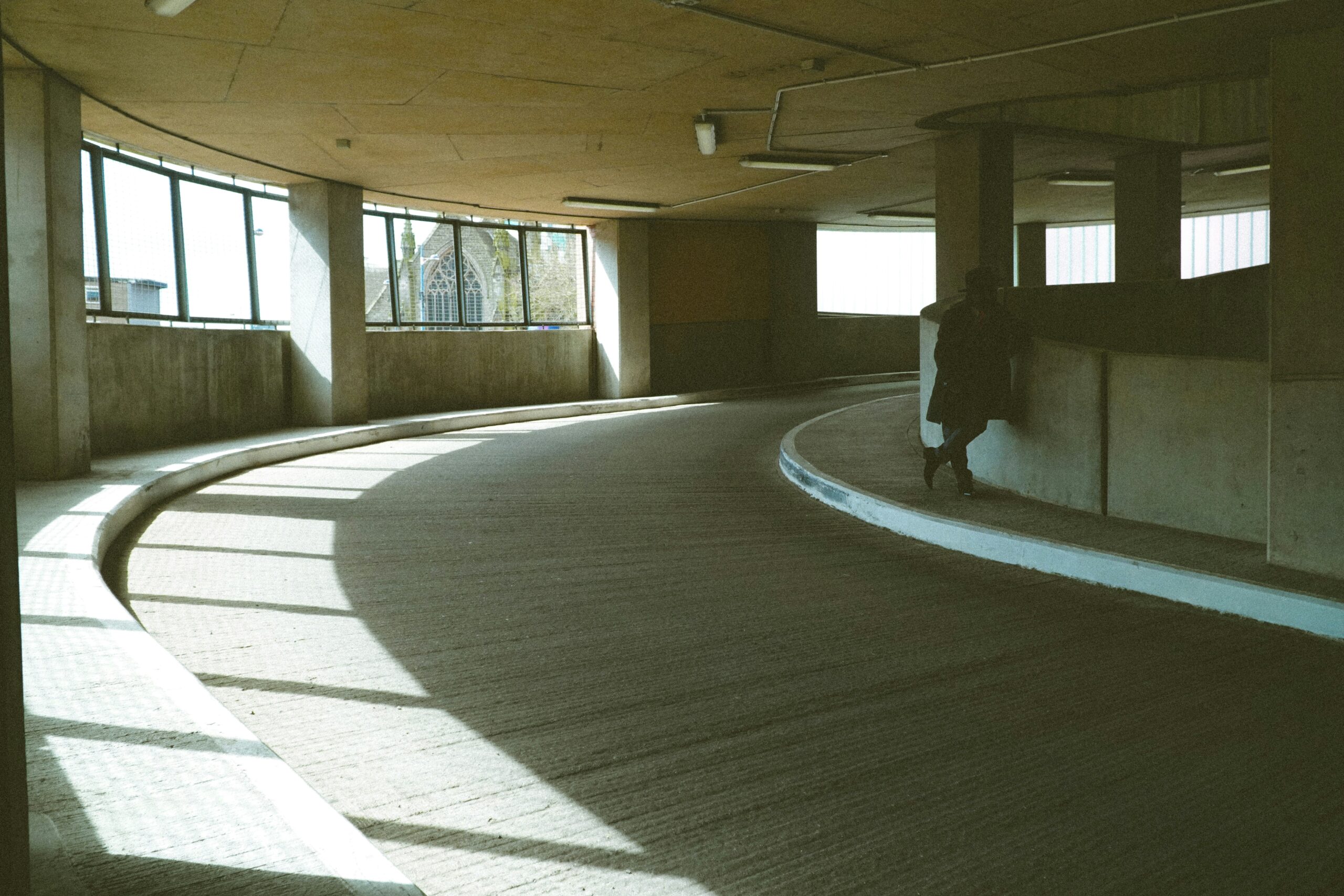To ensure vehicles can safely traverse these curved sections without scraping along the bottom or hitting any overhead obstructions, it’s important to apply traffic engineering principles in the assessment. Here’s how we apply our traffic engineering expertise to assess curved sections of ramps, within the context of residential/private car parks:
- Calculating the actual grade of the inner and outer curve: This is done by first identifying the actual length the vehicle travels along the inside and outside of the curve. With the given height differences, we can calculate the actual grades and assess it in the context of the grades upstream and downstream of the ramp.
- Vertical clearance assessment: We utilise specialised computer software to generate vertical clearance diagrams of a design vehicle – usually the B99 vehicle (99th percentile vehicle in size) – traversing along the longitudinal section of each calculated inner and outer ramp curve section. The output is a visual representation in which we can assess if sufficient ground clearances and height clearances are achieved. An example is provided in the figure below.
- Assessing the crossfall (the slope of the ramp at right angles to the direction of travel): Using our ramp review calculator, we can input the RLs (elevation) along the given inner and outer curve lengths, and knowing the width, we can identify the maximum crossfall to ensure it’s in accordance with the relevant standards.

Limitations do exist without 3D modelling software, but these traffic engineering services generally provide sufficient analysis and consultation in the design of curved ramps, giving assurance to architects, developers, building contractors, local councils and end-users alike.


